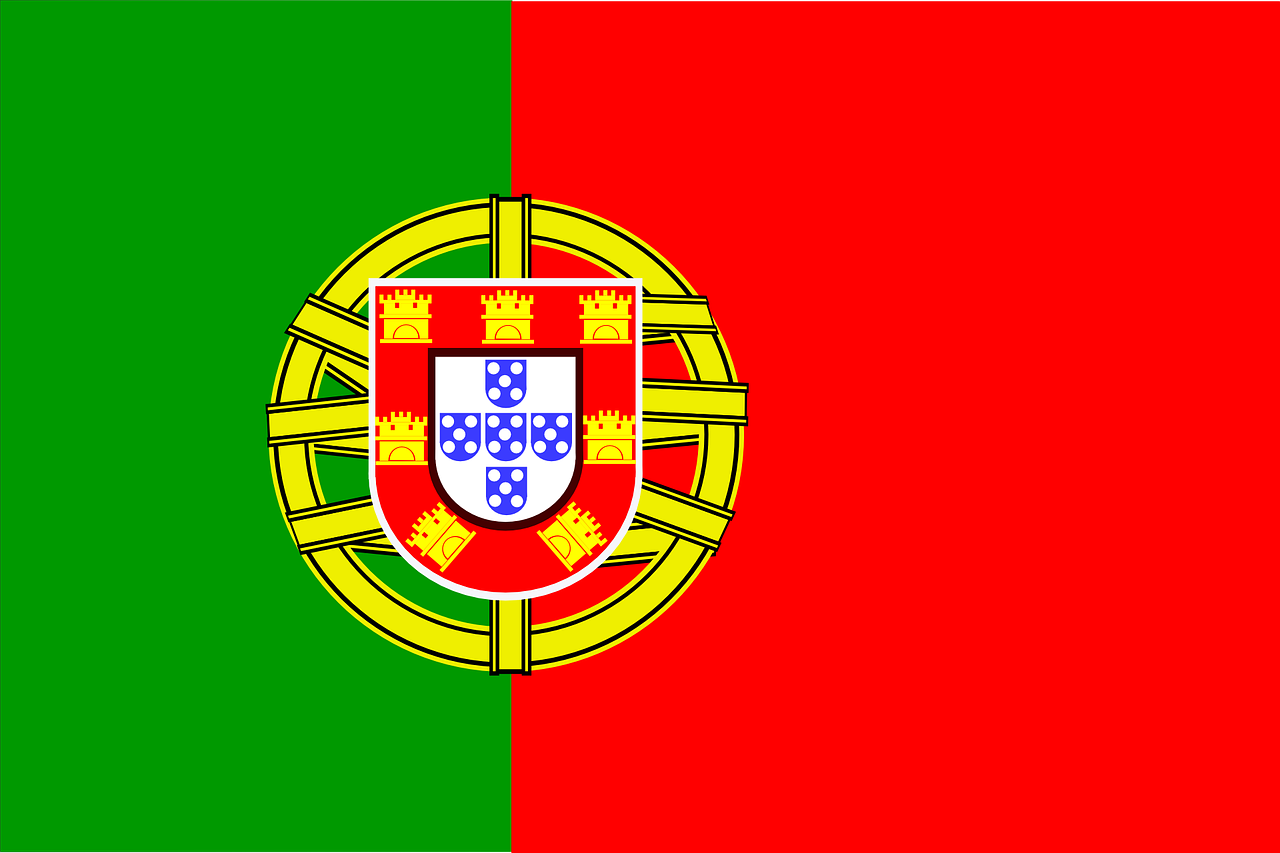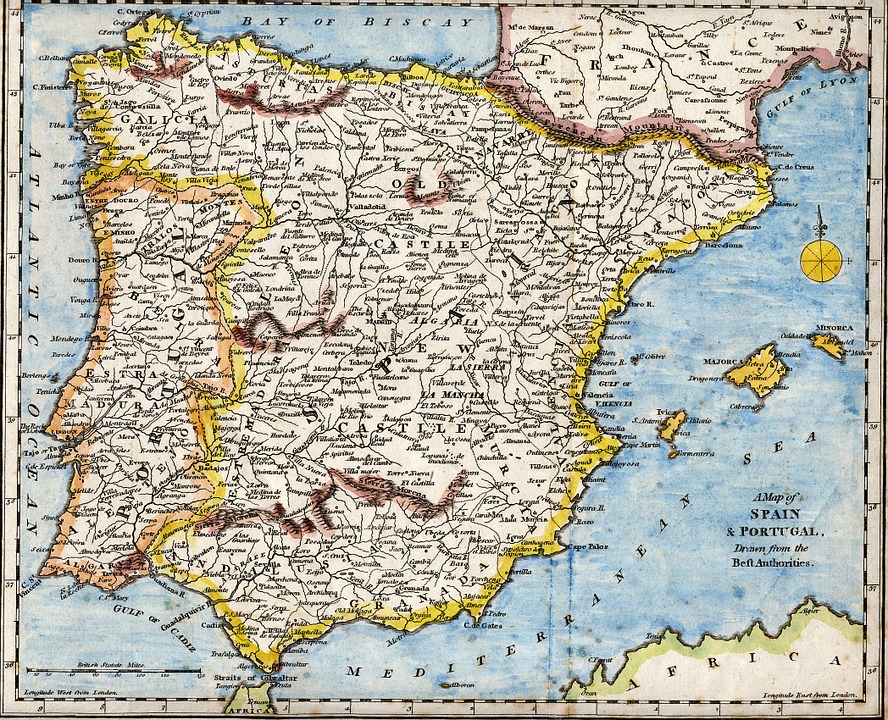Capital city: Lisbon
Official language: Portuguese
Population: 11,317,192
Currency: Euro
Total area: 92 389 sq km (including Madeira and Azores)
Land: 91 959 sq km
Water: 430 sq km
Land use: 26 percent arable land; 9 percent permanent crops; 9 percent permanent pastures; 36 percent forests and woodland; 20 percent other
Terrain: Mountainous north of the Tagus River, rolling plains in south.
Portugal lies along the Atlantic coast of the Iberian Peninsula in south western Europe. It shares a border with Spain in the east and north, while the Atlantic dominates the coastline in the west and south. Occupying about 16 percent of the Iberian Peninsula, Portugal (including Madeira and the Azores) has a population of over 10 million people.
Despite its relatively small size, the country boasts a great diversity of geographical features, from golden plains to mountainous zones.
As a member of the European Union and NATO, Portugal plays a greater role in both European and world affairs than its size would suggest.
- The official language of Portugal is Portuguese.
- 98 percent of people in Portugal are Christian. Most of them are Catholic.
- Portugal has a multiparty democracy.
- 95 percent of adults in Portugal can read.
- People in Portugal can expect to live 81 years.
- At 2351 m Mount Pico is the tallest mountain in Portugal.
- The Tagus river is the longest river in Portugal at 1,038 km.
- There are no active volcanoes in Portugal.
- On November 1, 1755 Lisbon was struck by a massive 8.5 – 9 magnitude earthquake. Because the records are old it is estimated that anywhere from 10,000 to 100,000 people lost their lives.
- The capital Lisbon is one of the oldest cities in Europe.
- Vasco da Gama Bridge is the longest bridge in Europe at a length of 17.2 km.
- Port (wine) is the Portuguese national drink.
- Lavender is the national flower of Portugal.
- Portugal is named after its 2nd largest city, Porto, the Latin name of which was Portus Cale. Porto's city centre is a UNESCO World Heritage Site and the city is also world-renown for being the home of Port wine.
- The cork tree is one of the few native trees still found in Portugal. The various uses of the soft, spongy bark of the cork tree has made the country the largest producer of cork products in the world.
- There are 15 UNESCO World Heritage Sites in Portugal (ranking it 8th in Europe and 17th in the world)… and each year more than 13 million tourists visit the country.
- The most popular sport in Portugal is football (soccer), the national team finished 3rd in the 1966 World Cup, 2nd in Euro 2004, and 4th in 2006 World Cup.
- The University of Coimbra, established in Lisbon in 1290, is one of the oldest universities in continuous operation in the world, the oldest university of Portugal, and one of its largest higher education and research institutions.
- The world record for the largest Santa Claus parade is held by Porto, Portugal with 14,963 attendees.
- Portugal is the world leader in the production of renewable energy. It manages to meet almost 70% of its energy needs through hydro, wind and solar power. The country is also able to convert the movement of ocean waves into electricity and energy.
- The Island of Madeira, often called “the floating garden of the Atlantic,” is in Portugal.
- Fado is Portugal’s national music (it is characterized by mournful tunes and lyrics, often about the sea or the life of the poor).

